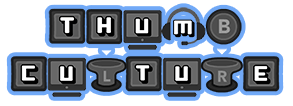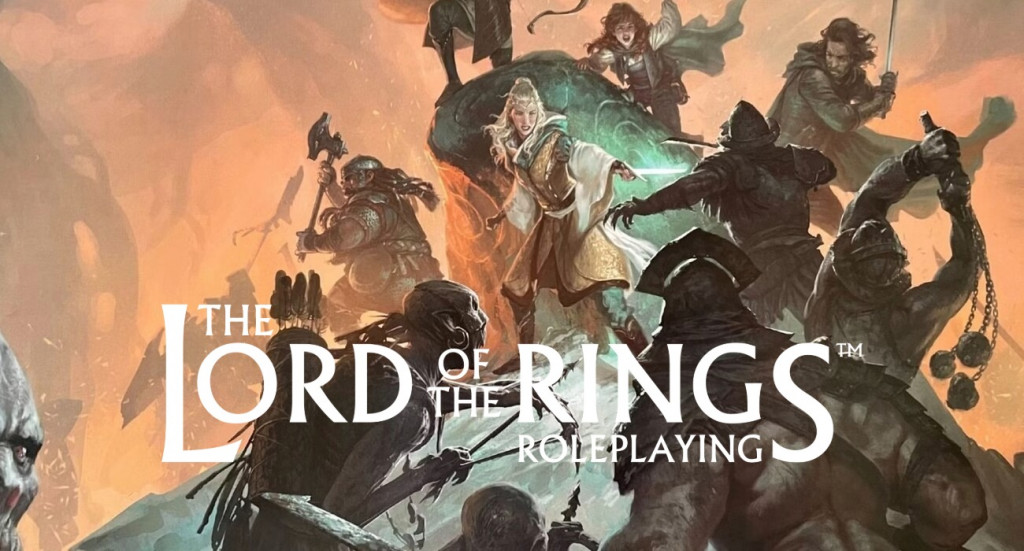
The Lord of the Rings role-playing game Over Hill and Under Hill, created by the Swedish tabletop gaming company Free League, is a story-driven cooperative game inspired by J.R.R. Tolkien’s world. The game is a fun mix of role-playing, narrative choices, and dice mechanics. The starter set, Over Hill and Under Hill, which we played, was released in July 2025.
An Unexpected Journey into Middle-earth’s Roleplay
The starter set contains everything a group of new players needs to kick things off, from a rule book to cards of preset characters, a map, different types of dice, and a story book for the Game Master. The game is designed to help players new to the genre get started without requiring extensive prior preparation. Nonetheless, as a casual player myself, I must say that without the help of my more veteran teammates, it would have taken considerably longer to set up the game and read through (and understand) the rules book.
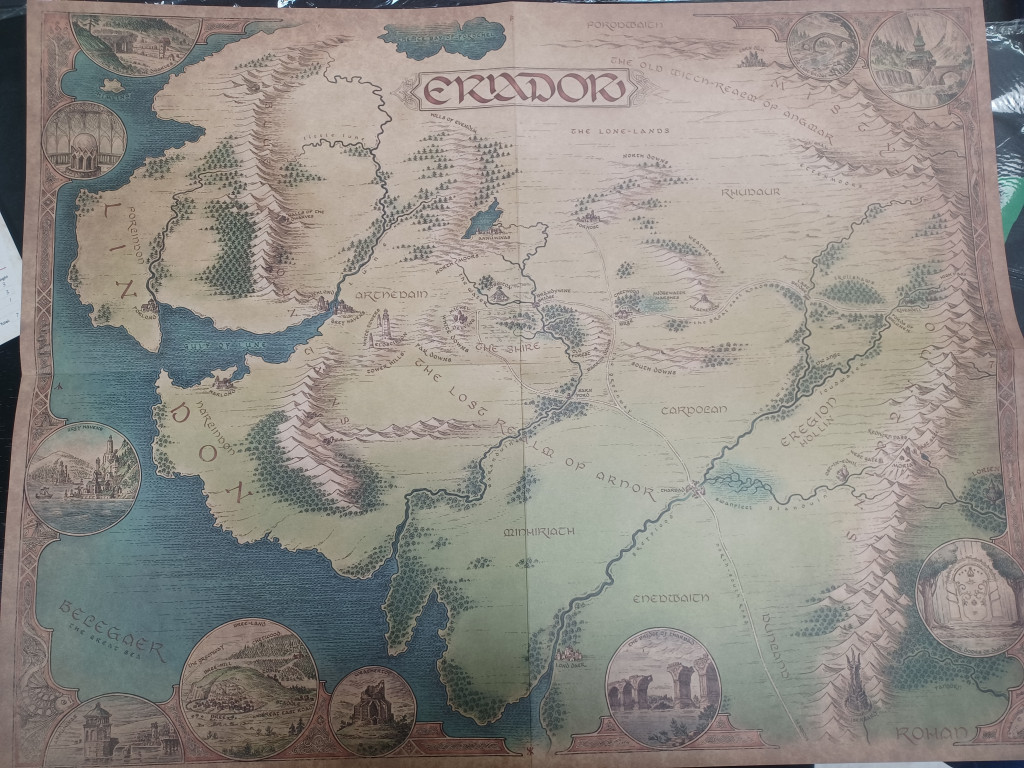
Adventure Awaits
As a Tolkien fan, I appreciated the attention to detail. The paper of the map felt sturdy, the play figures didn’t feel flimsy, the ornaments looked lore-accurate, and the drawings somewhat followed the famous Alan Lee style. Likewise, the characters, beasts, and locations were all loyal to their source material, thus further enhancing the immersive experience. Our journey started at a familiar Tolkien location, in Bree, at the Prancing Pony, to be precise. There, our party took up a quest to go up north and investigate a shadowy presence haunting the North Downs. I like the fact that the story unfolds in the north-western territories of Eriador. The game does not simply copy and paste the map, plot, and journey from the Fellowship trilogy, but rather takes us to a land rarely previously explored in the films, books, and TV show.
In about three hours of prep and gameplay, we made it halfway through chapter 2 of our heroes’ journey. Although that might sound like we moved along rather quickly, it was mostly thanks to our experienced Game Master, who gently nudged the team in the right direction whenever clueless players such as myself were unsure as to what the next move was.
Triumphs
As mentioned above, the quality of materials provided is above and beyond. Absolutely everything feels premium on the touch, from the box to the rules book and map. The game does a fantastic job of providing an immersive experience, for example, by helping the Dungeon Master with well-written descriptors, which greatly aid in world-building.
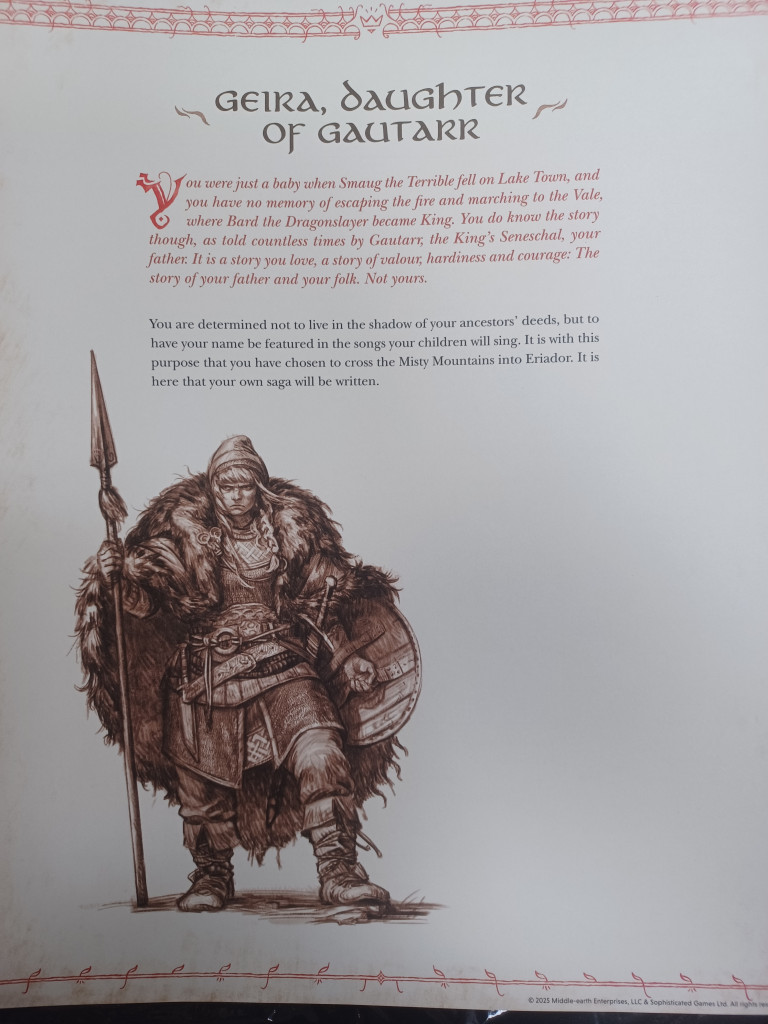
Although players could create their own characters, the pre-generated ones are a great place to start the game quickly without having to do “homework” before the game. Likewise, Dungeon Masters could create a homebrewed story, which would require hours of preparation before the game. Luckily, the storybook provides a well-written, detailed story that encourages cooperative play by challenging players to not only rely on their own skills but on their partner’s as well. Our journey took us to classic Tolkien-esque locations like lively inns, haunted swamps, goblin-infested tunnels, and ancient ruins from long-forgotten civilisations.
Most pre-made characters were polished and interesting, with rich back stories. Geira, Daughter of Gautarr, stood out to me personally with her well-balanced character stats and an interesting background. Likewise, Mentha North-Tooks is a fun little hobbit rascal with a peculiar set of skills. Last but not least, Fimbrethil of the Havens is an elven scholar whose speciality lies in the ancient magic of the elves. All of these pre-created characters allow players to jump into the game without much prior homework, making the Over Hill and Under Hill Starter Set a cross between D&D roleplay and a pick-up-and-play board game.
Tribulations
Unfortunately, the rest of the pre-generated character cards felt generic and uninspired. Unsurprisingly, the game designers included a human ranger. After all, Aragorn, also known as Strider, is a fan-favorite from the LOTR trilogy. Duinhir Eaglenose is a scout who one day decided to start a career as a forest ranger. Sadly, Duinhir’s rushed backstory felt short of anything remotely resembling a backstory. The same holds true for the dwarf smith known as Regin Stonefist, whose story of origin feels very limited considering how rich dwarven lore is in Middle-earth. I would recommend that players use these character cards as a blueprint to create their own.
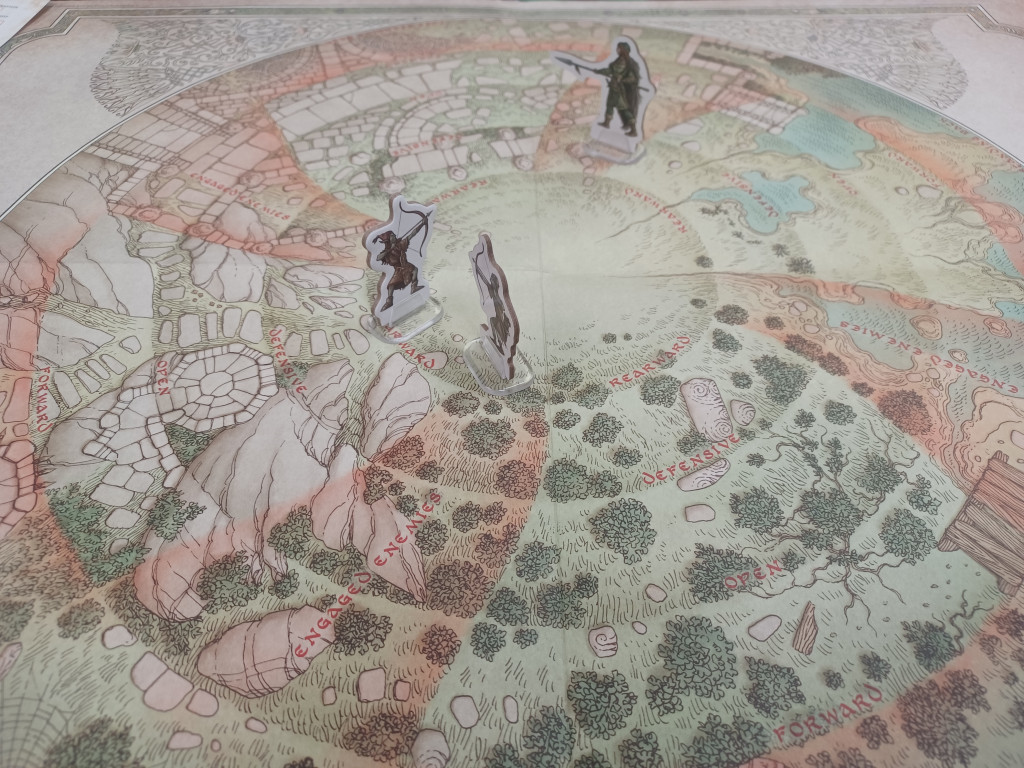
Besides a couple of uninspired character sheets, the game has a few small but important defaults. One that stood out to all players was the rather confusing Journey of our adventure. We needed a map, 20-mile hexagons, and a journey log that can be downloaded. The game did not provide the hexagons. Therefore, our Lore Master had to estimate the distance travelled every day. We also did not want to waste time looking for a journey log online. Similarly confusing was the combat map. Without a combat grid, typical of D&D board games, players had to estimate, instead of calculating, the steps they could take to move into combat positions.
A Bump In The Road
A small, but confusing, flaw we found is that the game assumes you have a party of five. When starting a journey, each player needs to be assigned a journey role, such as hunter, scout, guide, or look-out. If we don’t have enough players, more than one role will be assigned to a player. A similar issue arises when entering combat: the Lore Master has to recalculate an appropriate number of enemy forces that won’t overwhelm your party in case you are fewer than five players.

Lastly, the game assumes players have at least some experience in roleplay and D&D-type games. The game designers did put in noticeable efforts to make Under Hill and Over Hill a sort of grab-and-play type of game that is as beginner-friendly as possible. Nonetheless, roleplaying board games are by nature not casual-player-friendly. The amount of time needed to not only read but also understand the game rules, in addition to learning how the dice-driven story works, character stats, ability checks, mechanics, combat, journey, etc., can feel overwhelming for the casual player.
Final Thoughts
The Lord of the Rings roleplaying game Over Hill and Under Hill starter set is a fantastic game! The designers clearly aimed to make it more accessible to casuals and beginners, and as a casual myself, I truly appreciated that. If you’re somewhat familiar with the LotR lore, even if you’ve just watched the movies, it makes the material so much more approachable. The starter set is complete (although we still can’t quite figure out where the journey hexagons went), and the intent to welcome new players is evident. All of which is great, but the fact remains that role-playing games by their very nature are not easy.
One for Experienced Adventurers
As much as the game designers tried to streamline the onboarding process, it just isn’t a game you can pull off a shelf at your local game store or a gaming café for a couple of hours, like you would do with Catan, for example, and then call it a night. The story has three chapters, each of which takes about two to three hours to complete. The kind of dedication and commitment to finish these can only be found in experienced players. Not to mention, to truly enjoy the game, you need a superb Lore Master (a.k.a. Game Master) to guide you through the story and help newcomers with mechanics and the flow of the game.
It is a game that I will most definitely revisit to get to the bottom of the shadowy presence threatening Eriador, with the help of Geira, Daughter of Gautarr, and her two-handed goblin-chopping sword, of course.
Without a shadow of a doubt, The Lord of the Rings: Over Hill and Under Hill deserves the Thumb Culture Gold Award!

Disclaimer: A product was received in order to write this review.
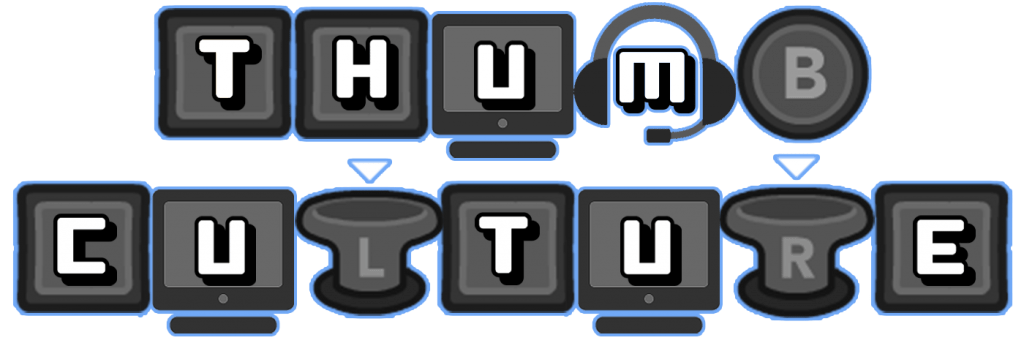
YouTube | Facebook | Twitter | Instagram | Discord | Podcast
